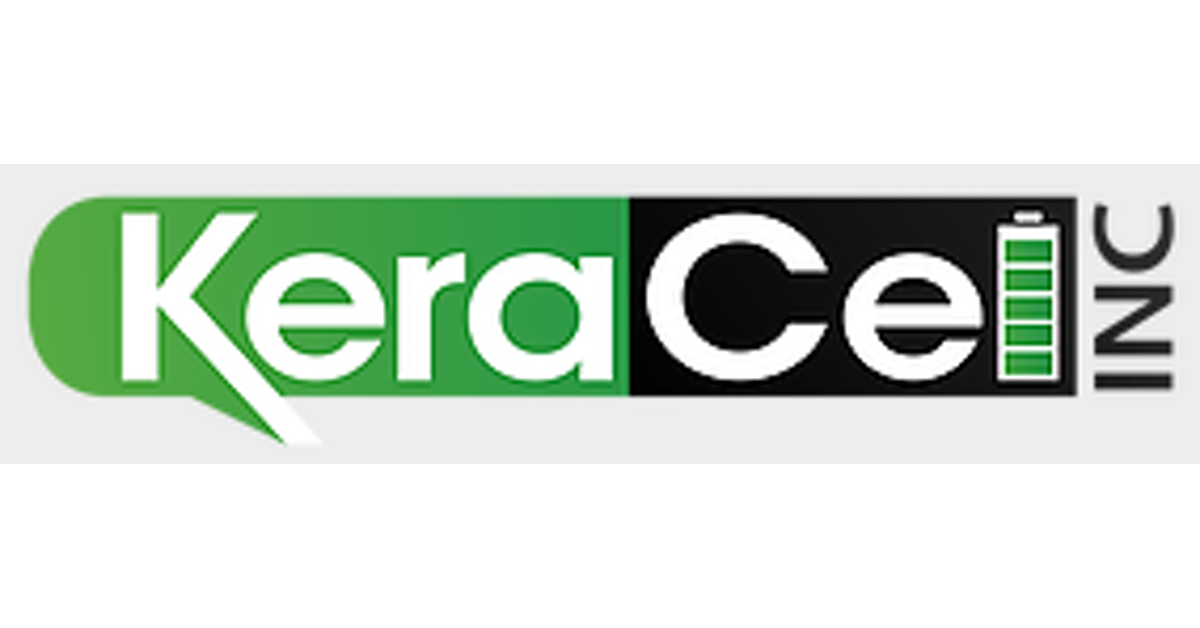Linking 3D printing to electronics raises a number of issues that are not yet fully addressed by companies. The ability to print battery elements uniformly and with seamless interfaces is part of these issues and KeraCel has decided to address it.
The company produces lithium-ion solid-state battery that might enable production of cells with ceramic-based electrolytes and lithium metal anodes. Integrating 3D printing in the fabrication process will facilitate later on the built of any shape of size of cell in various applications.
“There are multiple technology breakthroughs in our ability to 3D print a very sensitive part of our ceramic solid-state battery,” said Robert Bagheri, KeraCel’s CEO. “Our lead customers are evaluating our latest generation samples targeted at wearable applications. Over the coming months we will be expanding our engagements with tier one players in mobile and EV, while we continue to improve battery capacity as well as cycle life performance.”
As in every business, money is crucial and can either attract or chase away potential leads. Speaking of time and money, Keracel declares that this solution would enable its users to achieve energy densities 2-3 times greater, and improved safety, and at a cost of less than 50%, when compared to Lithium Ion cells today for same energy.
Manufacturing ceramic batteries using 3D printing might certainly be a game changer in industrial and automotive applications, and bringing this solution to the market is a new milestone that Keracel is passing. We can’t wait to discover how companies will take advantage of it.
For further information about 3D Printing, follow us on our social networks and subscribe to our newsletter!
Would you like to be featured in the next issue of our digital magazine? Send us an email at contact@3dadept.com






